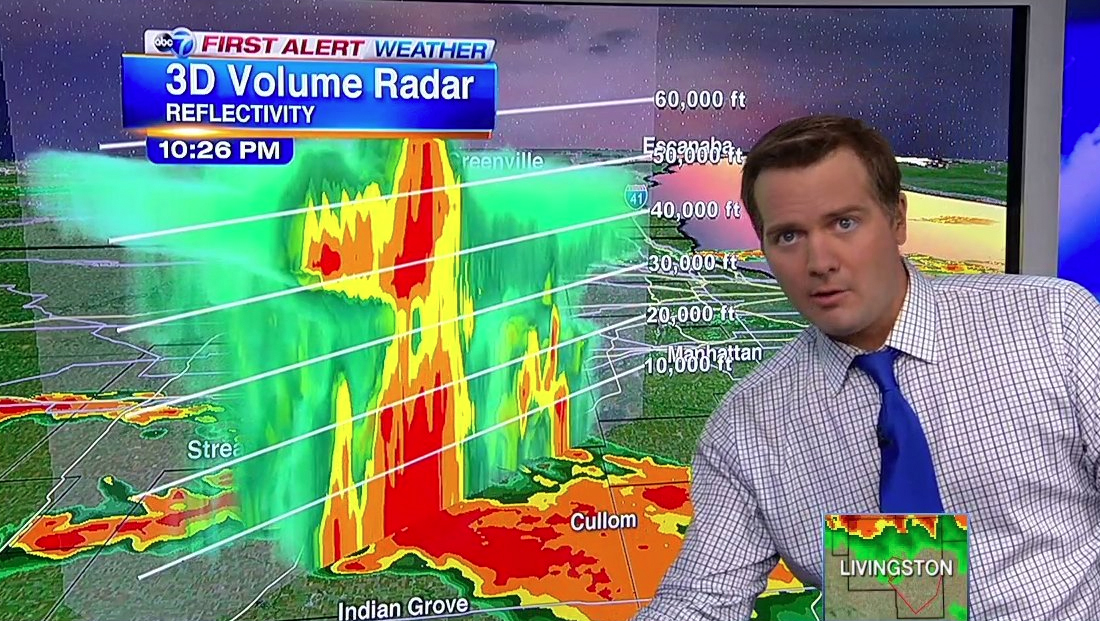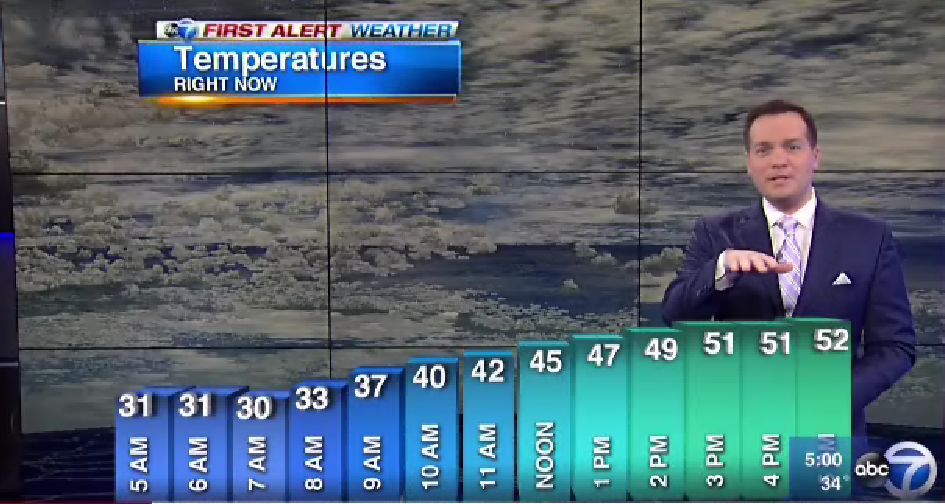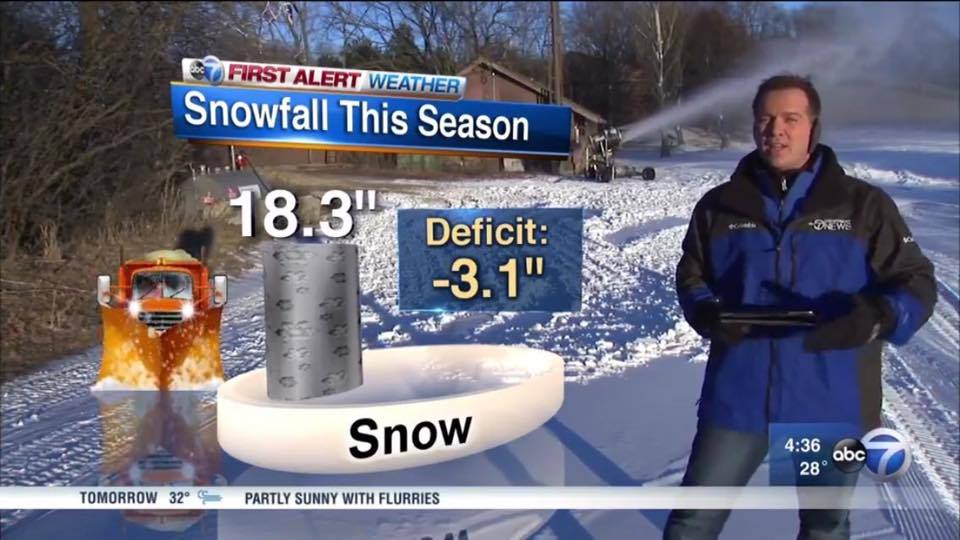Meteorologist Larry Mowry uses graphics to focus his weather storytelling

Subscribe to NCS for the latest news, project case studies and product announcements in broadcast technology, creative design and engineering delivered to your inbox.

Mowry also notes that over his career, he’s seen weather graphics software workflows improve immensely.
He’s now able to build his entire forecast faster and more efficiently, and he can create almost anything he wants from directly within the software.
Mowry leverages WSI Max’s expanded capabilities and his own creativity to create weather forecasts that go beyond just a seven day outlook. This includes graphics he can interact with either in front of a traditional chroma key wall setup or using an augmented reality approach.
Flexibility is a vital feature for Mowry, since weather can change at a moment’s notice and often requires covering a wide range of conditions.
That flexibility is key in a market like Chicago, where Lake Michigan is one of the many facets that affect the region’s weather day to day.
This means it’s important to have access to accurate and precise weather data, and to the tools that help concisely and clearly explain a wide slate of potential storylines.

“A lake breeze can lead to a 20 degree difference from downtown to the near west suburbs,” explained Mowry.
The station also reaches parts of Indiana and Michigan, which tend to be hit heavier by lake effect snow than Chicago proper, so being able to forecast and present multiple weather scenarios simultaneously is a key part of any Chicago meteorologist’s job.
In addition to forecasting weather and alerting viewers of severe weather, a key part of Mowry’s job as a storyteller is to explain complex scientific phenomena, such as lake effect snow.

During one particular bout of snow this past winter, Mowry ventured onto a snowy beach and used the augmented reality capabilities of Max to explain the “why” of the weather.

Another part of explaining the weather is looking at the past to explore trends and divergences, something Mowry did this past winter, also using Max’s augmented reality capabilities.
Subscribe to NCS for the latest news, project case studies and product announcements in broadcast technology, creative design and engineering delivered to your inbox.




tags
dallas, ktvt, Larry Mowry, max, orlando, The Weather Company, wkmg, wls
categories
Exclusives, Heroes, TV News Weather Graphics, TV News Weather Graphics Systems, Weather